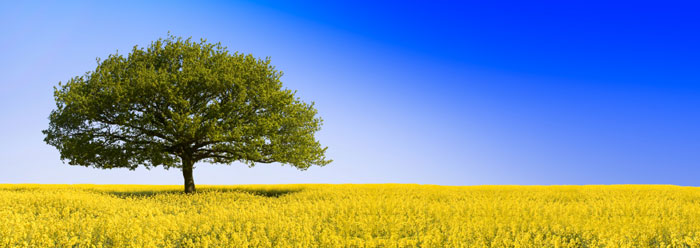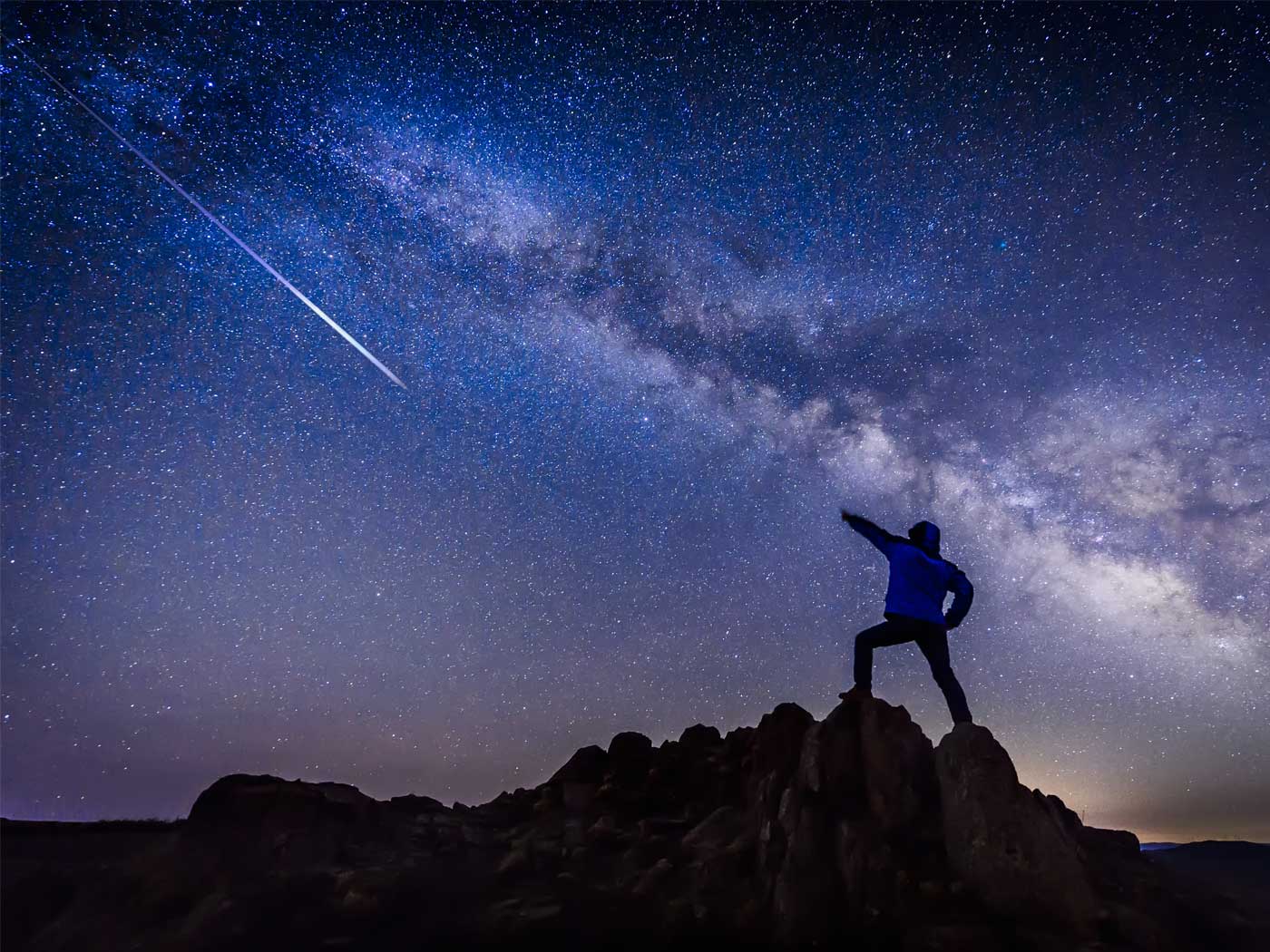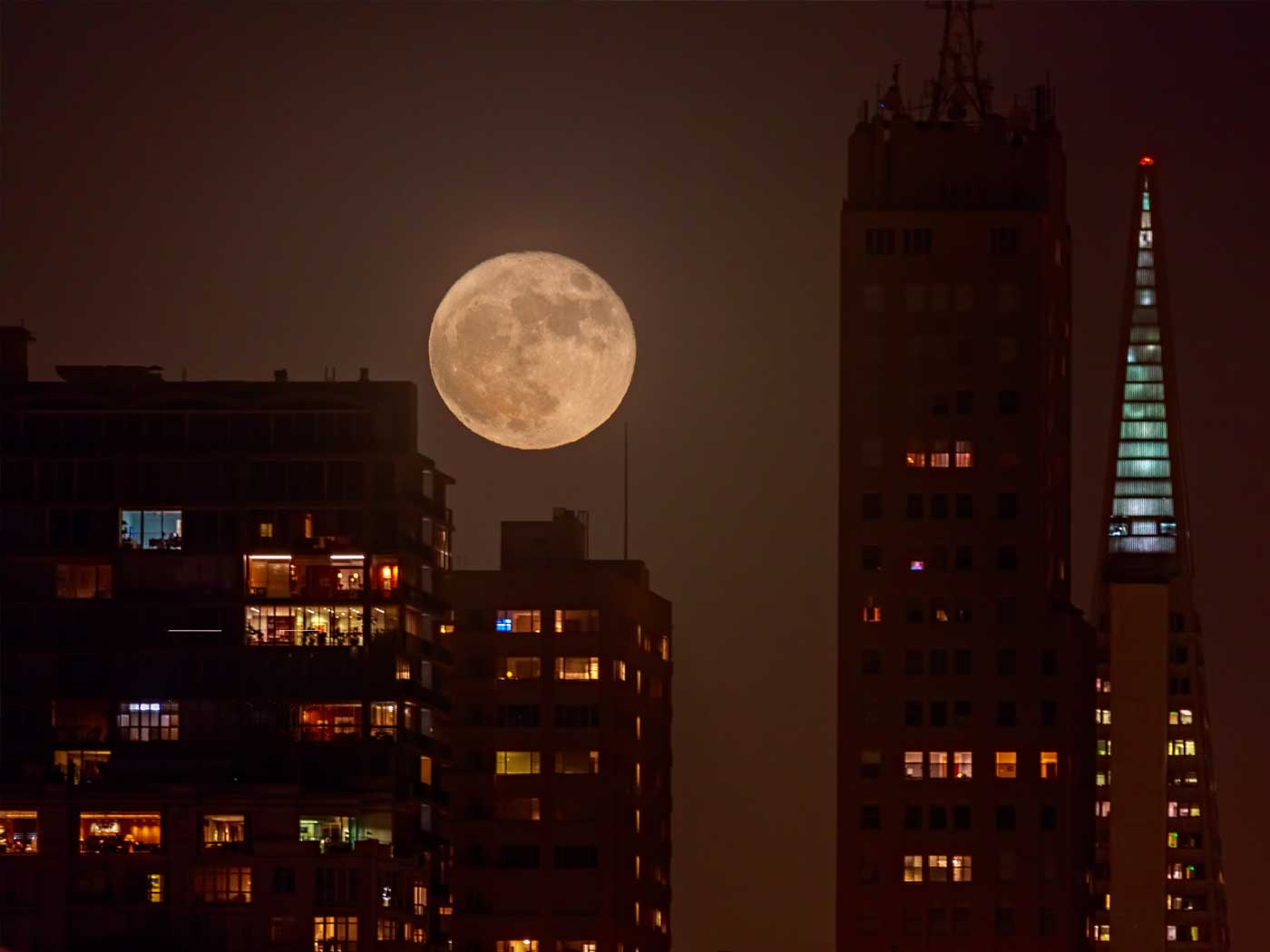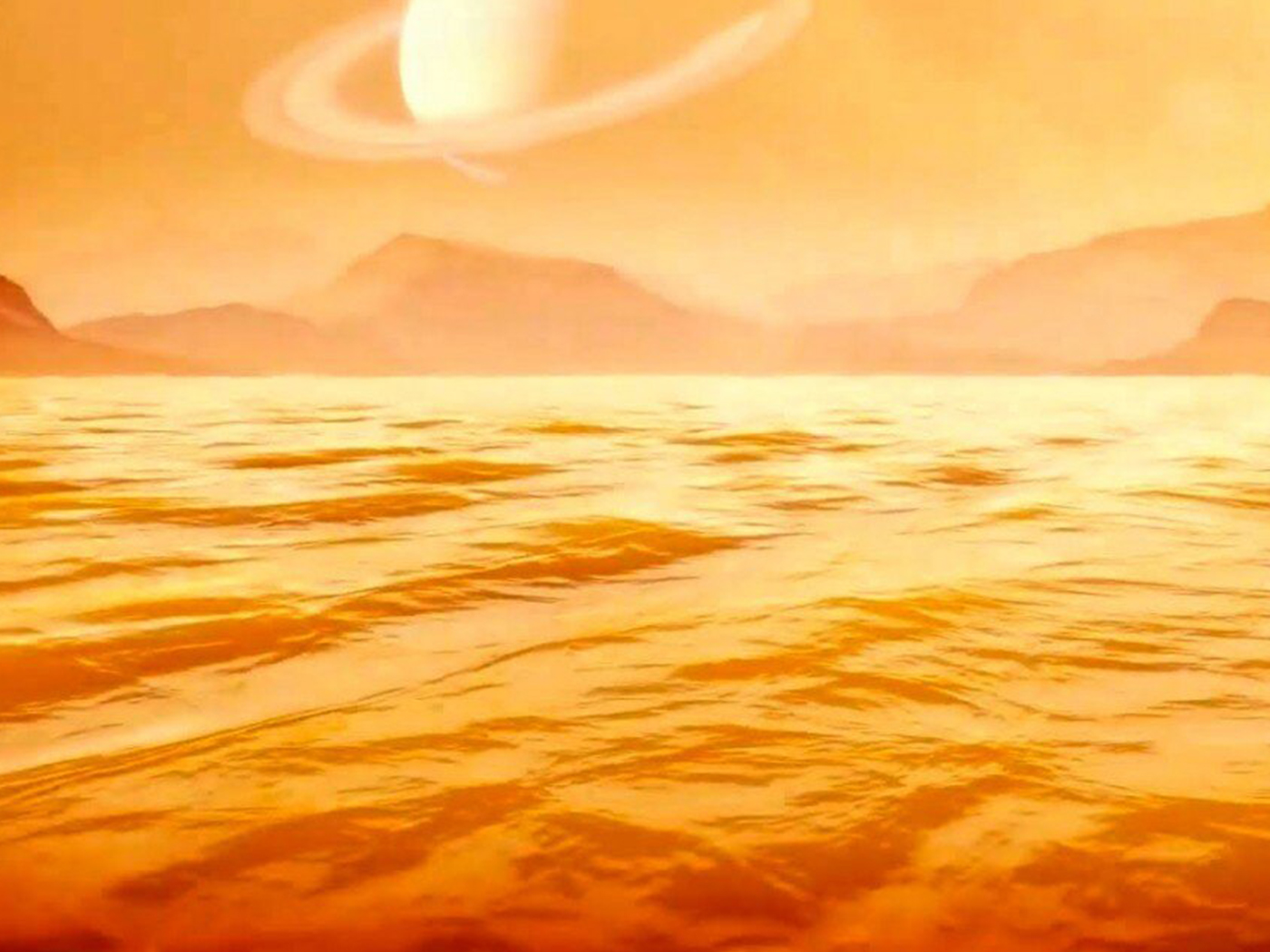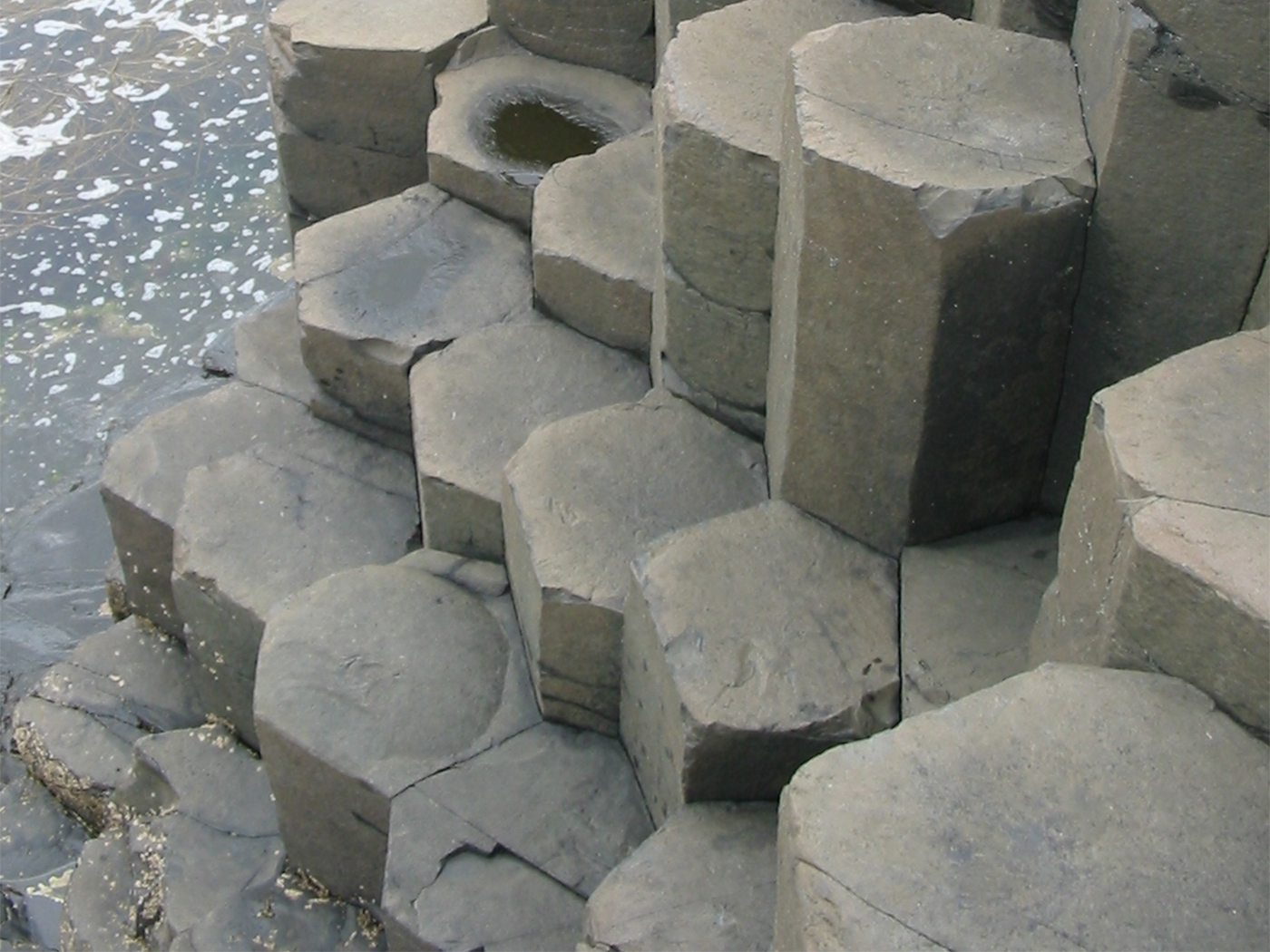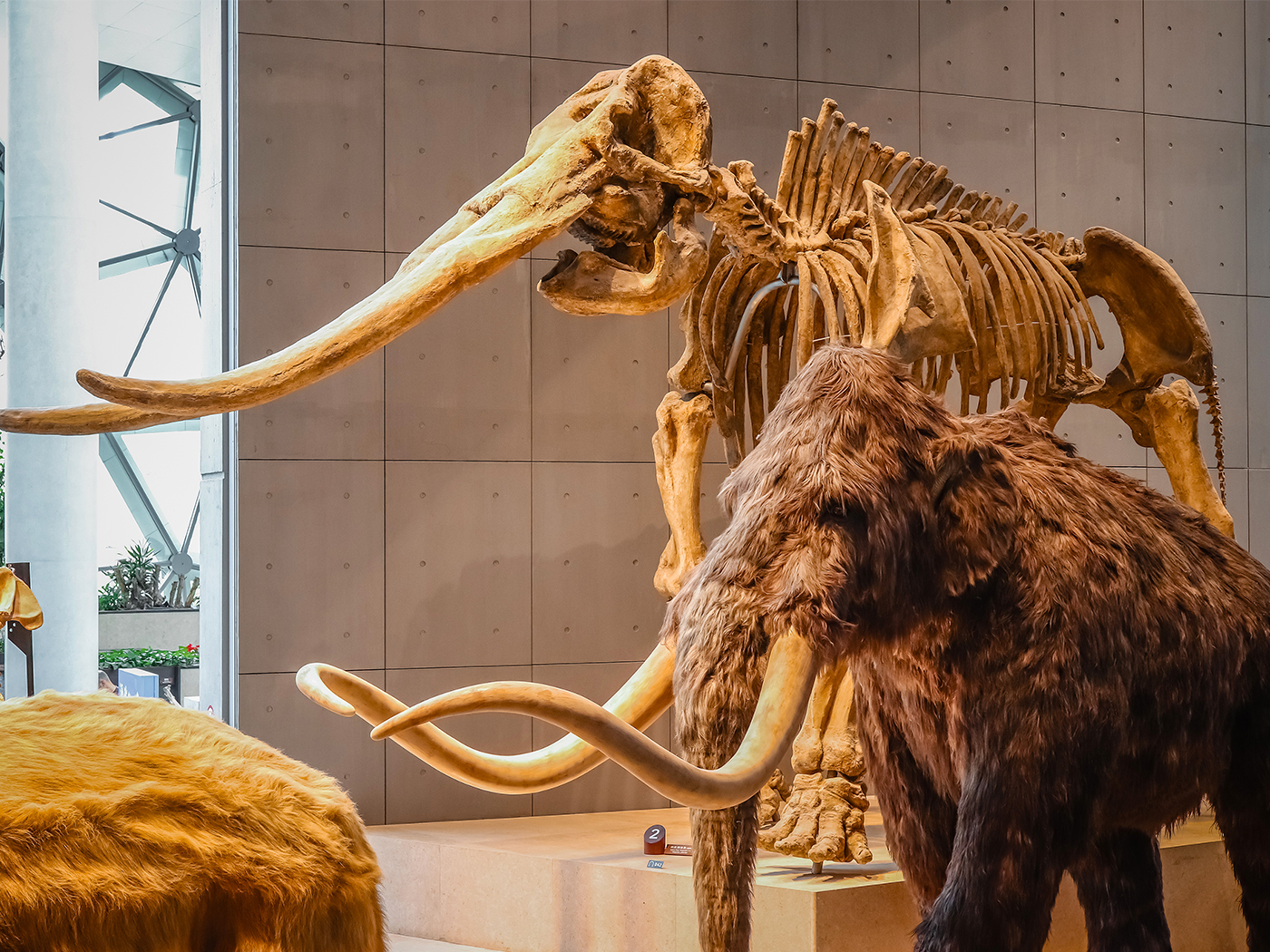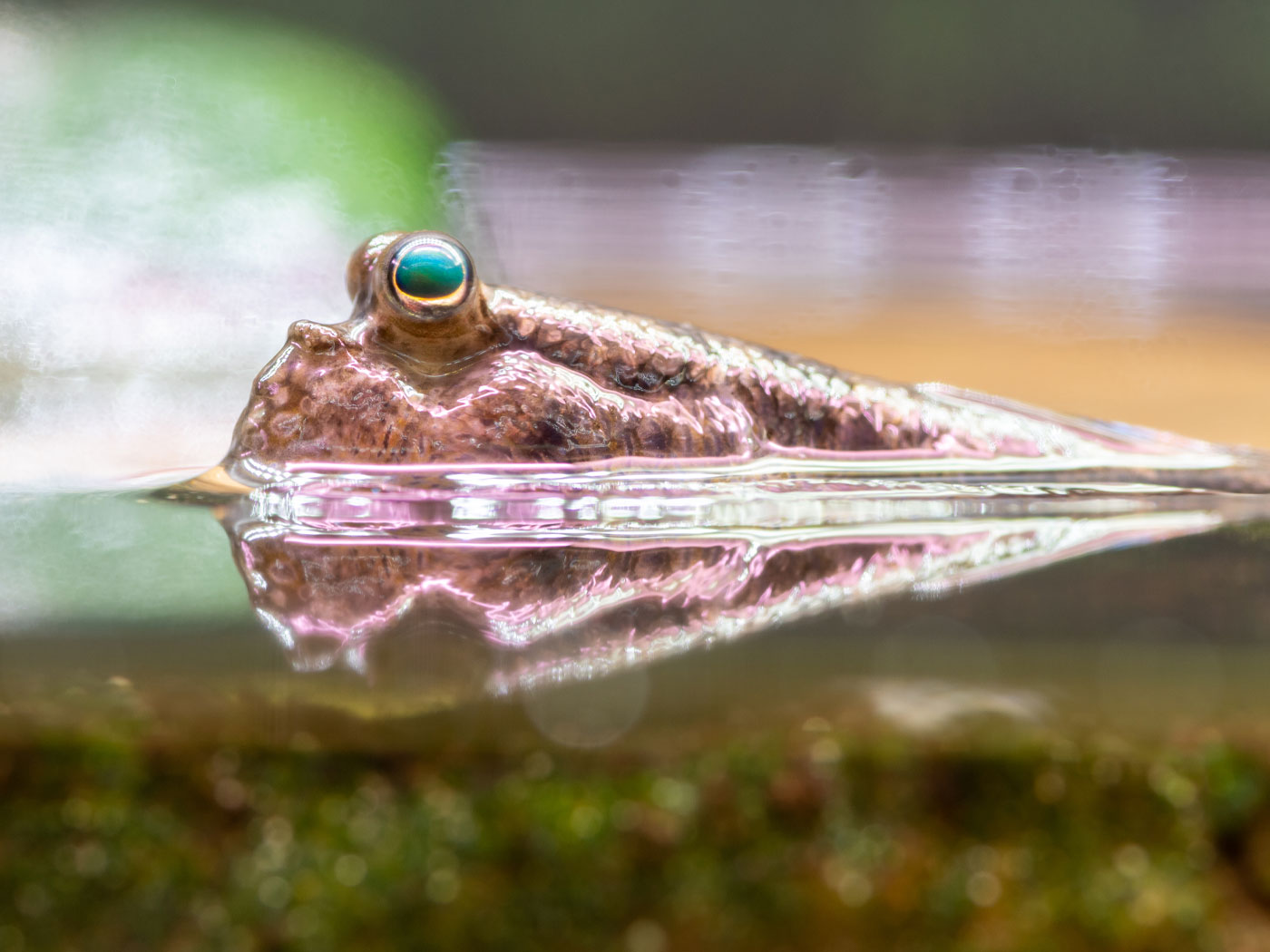Stephen Hawking, leading cosmologist and recently retired Lucasian Professor of Mathematics at Cambridge University, has co-authored a new book, The Grand Design. In it, he claims that the universe did not need God to create it. This conclusion goes against the writings of another famed Lucasian Professor who is credited with discovering the very law Hawking uses as his "proof"--Sir Isaac Newton.
The Telegraph quoted from The Grand Design:
Because there is a law such as gravity, the Universe can and will create itself from nothing. Spontaneous creation is the reason there is something rather than nothing, why the Universe exists, why we exist.1
What would compel a person to ascribe the power of creation to just gravity? Perhaps it stems from the idea that gravity has an equal amount of "negative" energy to perfectly balance all other "positive" energies.2 Recent investigations into gravity--one of which questioned its very existence--left plenty of room for doubt about claims that depend on an accurate conception of this particular natural force.3
But even if "gravity" did provide such balance, it could hardly suffice as an adequate cause for the whole universe. Pointing out qualities of already-existing energies is no more an explanation for their origin than pointing out how the energy-of-motion in a rolling ball will be exactly matched by the energy-of-resistance from friction. Neither quantity answers where the ball came from and who or what pushed it.
On the other hand, for his hypothesis Hawking may have relied on the common cosmological concept that gravity supposedly can pull matter together from fine dust into nuggets, clumps, large conglomerates, nebulae, planetesimals, planets, stars, galaxies, galactic clusters, and superclusters. The physics, however, shows that gravity alone cannot do this.4 This is why the shockwaves of "nearby supernovae" or giant collisions are routinely invoked to jump-start star formation from dust clouds, where the gravity is too weak to overcome repulsive forces of hot gas particles.5
Extraordinary information also characterizes this vast universe. The three-dimensional placement of heavenly bodies in space and the particular--and peculiarly life-enabling--universal parameters, such as the speed of light and electromagnetic strength, are some examples of fine-tuned information.6 Also, there is the mountain of information in living systems to explain.
Since concerns over gravity and energy do not address the more obvious question of information--a massless yet ubiquitous fundamental entity--then statements about gravity or energy alone form insufficient grounds to reject a supernatural origin for the universe.
In addition, any assertion that a thing can make itself is self-contradictory. This is because in every case where something has actually been made, that which caused it existed prior to it. For example, an oak tree may have found its immediate cause in the planting action of a pre-existing squirrel and by the acorn production of a pre-existing oak tree. So, for the universe to have made itself, it would have had to exist prior to its existence--a contradiction of the undeniable first principle of causality.7
A classic argument for the existence of God holds that since something exists (say, the universe), and since something cannot make itself (without violating the first principle of causality), then a cause outside that thing must exist (God).8 In essence, Hawking has attempted to refute this reasoning by simply denying the second premise!
Did the oak tree come from an acorn? No, Hawking would say--it was just the result of "spontaneous creation" and there it is. Such reasoning makes no sense. Hawking's illustrious predecessor, Sir Isaac Newton, formed a more reasonable and accurate assessment of the universe's origins: "This most beautiful system of the sun, planets, and comets, could only proceed from the counsel and dominion of an intelligent and powerful Being."9
References
- Roberts, L. Stephen Hawking: God was not needed to create the Universe. Telegraph. Posted on telegraph.co.uk September 2, 2010, accessed September 2, 2010.
- Gribbin, J. Are we living in a designer universe? Telegraph. Posted on telegraph.co.uk August 31, 2010, accessed September 2, 2010.
- Thomas, B. Physicist Questions Gravity's Existence. ICR News. Posted on icr.org August 6, 2010, accessed September 2, 2010.
- Coppedge, D. 2009. Bottom-up Science. Acts & Facts. 38 (11): 18.
- DeYoung, D. B. 1996. New Stars, New Planets? Acts & Facts. 25 (4).
- Coppedge, D. 2006. There's Only One Universe. Acts & Facts. 35 (12).
- The first principle of causality can be stated several ways, including "every effect has a cause," and "nonbeing cannot cause being." Geisler, N. L. 1999. Baker Encyclopedia of Christian Apologetics. Grand Rapids, MI: Baker Book House, 120.
- Importantly, this argument requires that the "something" that exists is the kind of something that is contingent and finite, like an oak tree, person, or the universe. This is unlike the Creator Himself, who is self-existent, uncaused, eternal, and infinite. Infinite beings require no cause.
- Quoted in Dao, C. 2008. Man of Science, Man of God: Isaac Newton. Acts & Facts. 37 (5): 8.
* Mr. Thomas is Science Writer at the Institute for Creation Research.
Article posted on September 13, 2010.




